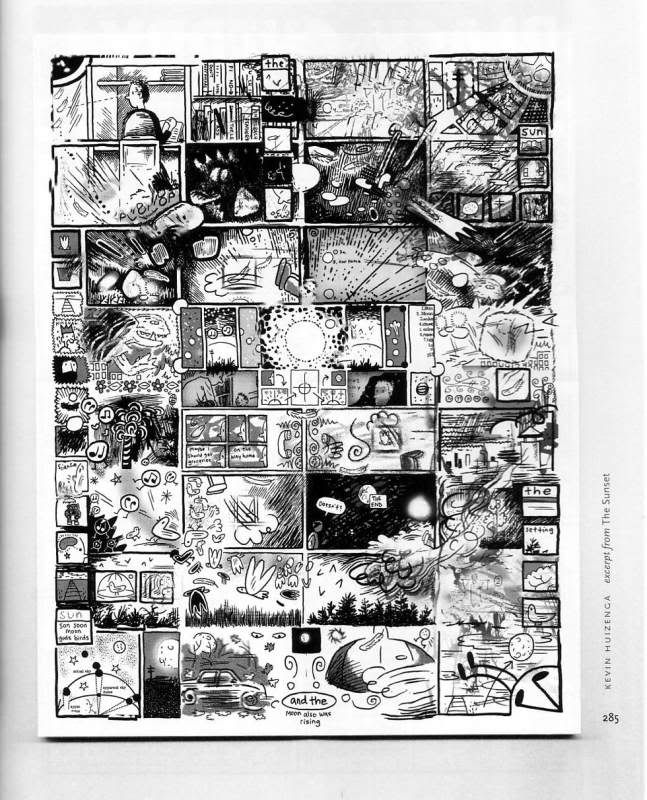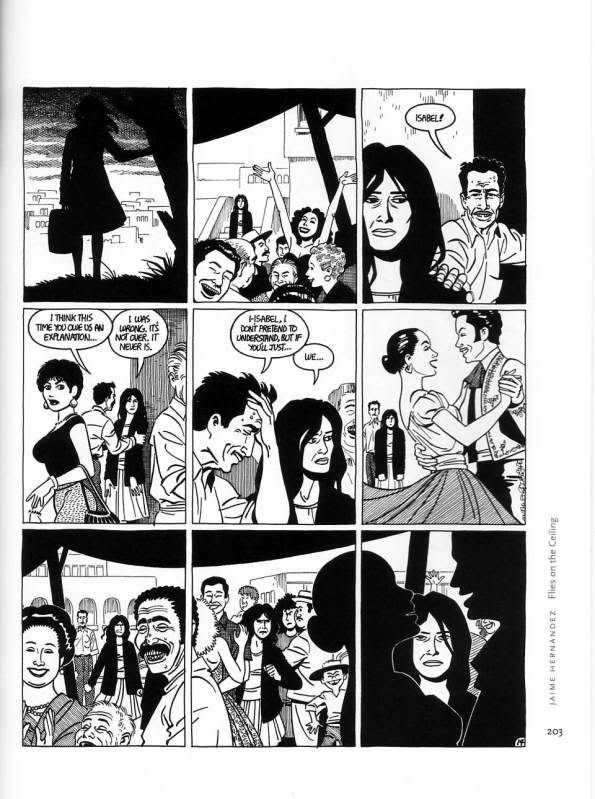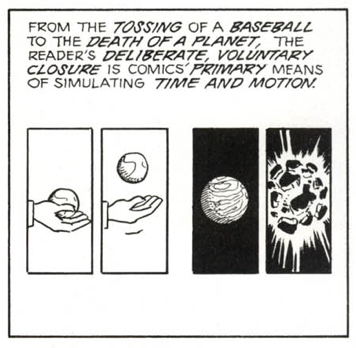Judging from the muffled giggling and undisguised irritation that the remark above elicited from the students of Xavier School for Boys in Greenhills at their recently concluded Comics Forum, one is tempted to say that comic books have successfully penetrated Philippine popular culture. At the very least, comic books seem to have been successfully introduced to the students of Xavier School, notwithstanding the lack of mutant powers in its student population.
But other than to point to the eternal struggle between the geeks and the jocks, which has been documented more fully and to greater effect in the movies, what are comic books good for?
Quite a lot, actually. Many progressive educators believe that comic books may be used to inculcate, to borrow from Antoine de Saint Exupery, “what is essential” yet “invisible to the eye”: the desire to learn.
According to one of the leading thinkers in the field of sequential art, Scott McCloud, comics are “juxtaposed pictorial and other images in deliberate sequence, intended to convey information and/or to produce an aesthetic response in the viewer”. As such, there are at least four good reasons why people should read comics.
First, simply determining whether the images are juxtaposed involves the critical thinking process. The reader learns to distinguish one image from another. Furthermore, the reader learns that while these images might mean something when considered separately, they could mean something else entirely when considered as a whole.
Second, once the images are considered both as individual images and images that convey a slightly different meaning when combined, it becomes important to follow these images in sequence. Why? Because images in sequence tell a story. Human beings are genetically hardwired to respond to stories.
Third, juxtaposed images that appear in sequence demand a response from the reader. This phenomenon may be seen most clearly in the spaces in between the panels: the gutter. In his book Understanding Comics, McCloud explains “…in the limbo of the gutter, human imagination takes two separate images and transforms them into a single idea. Nothing is seen between the two panels, but experience tells you something must be there!” Human beings connect these fractured moments and mentally construct a continuous, unified reality which allows them to make sense of the sequence they were presented with. This very human need for closure gives new meaning to the old Jerry Maguire catchphrase: “You complete me.”
Fourth and most importantly, since reading comics demands a response, comic book readers cannot be ambivalent about what they read. Either they like it or they don’t. Because comics involve the reader on an intimate level, readers are encouraged to retain what they have read. As Confucius noted, “Teach me and I will forget. Show me and I may remember. Involve me and I will understand.”
Reading comic books encourages understanding. And wanting to make sense of what we’ve read is what learning is all about.
Photo Credits:
Panels featuring the work of Hernandez and Huizinga come courtesy of Composing Graphic Narratives by Jonathan Bass.
Panel defining closure in comics comes courtesy of nothingelseis.




4 comments:
Hi John-D! I read the McCloud book in comics-writing class and someday i'm gonna get my own copy hehe!! Very interesting the way he explains the things in comics that we readers mostly take for granted. :D
Hi Nicole! His insights on comics and sequential art in general deserve reflection. Glad you enjoyed it! :)
I loved your blog John! I'll repost this on my wall and tag my brother and his uber comic geek friends too :)
Thanks bro! May our tribe...este, your brother's geek tribe prosper! :)
Post a Comment